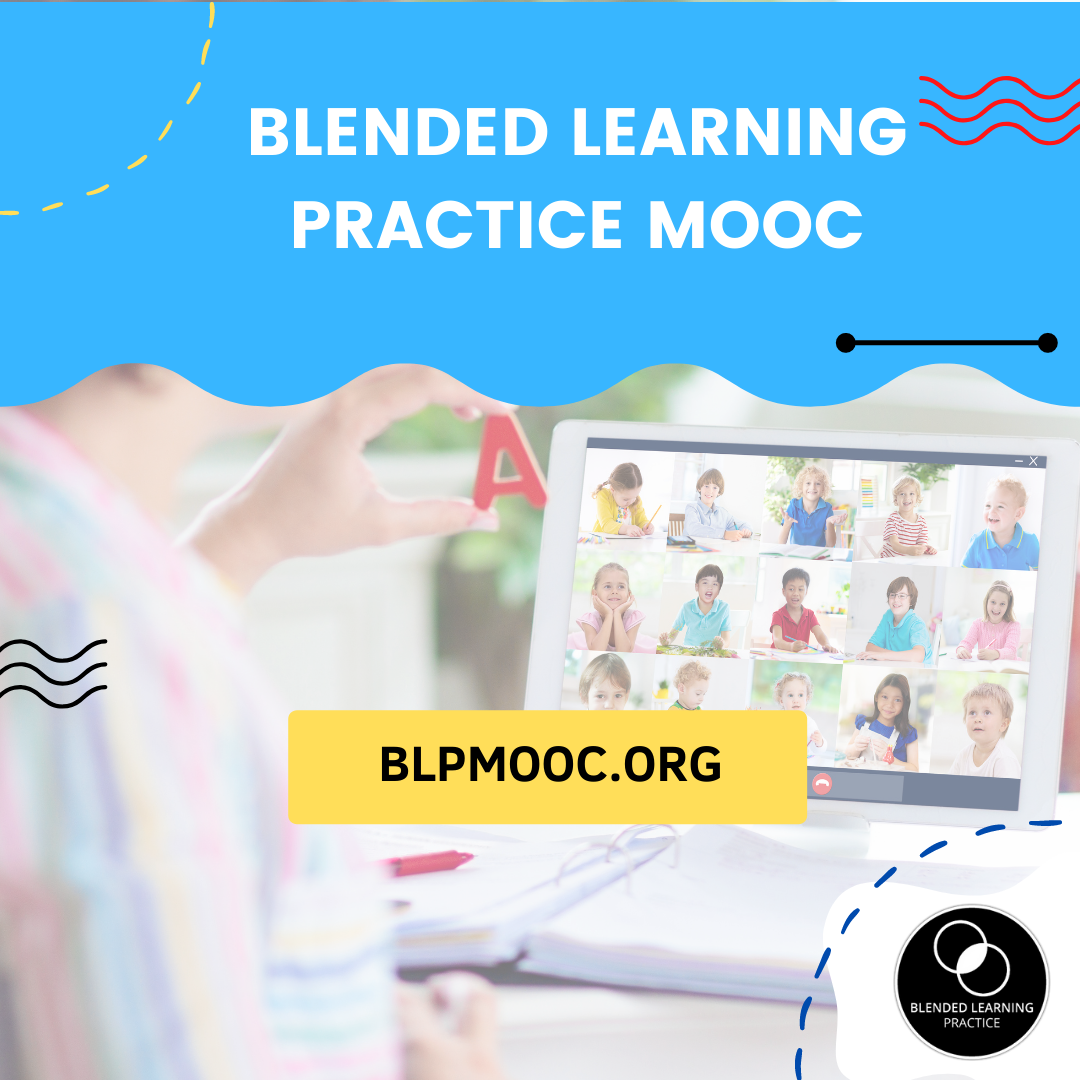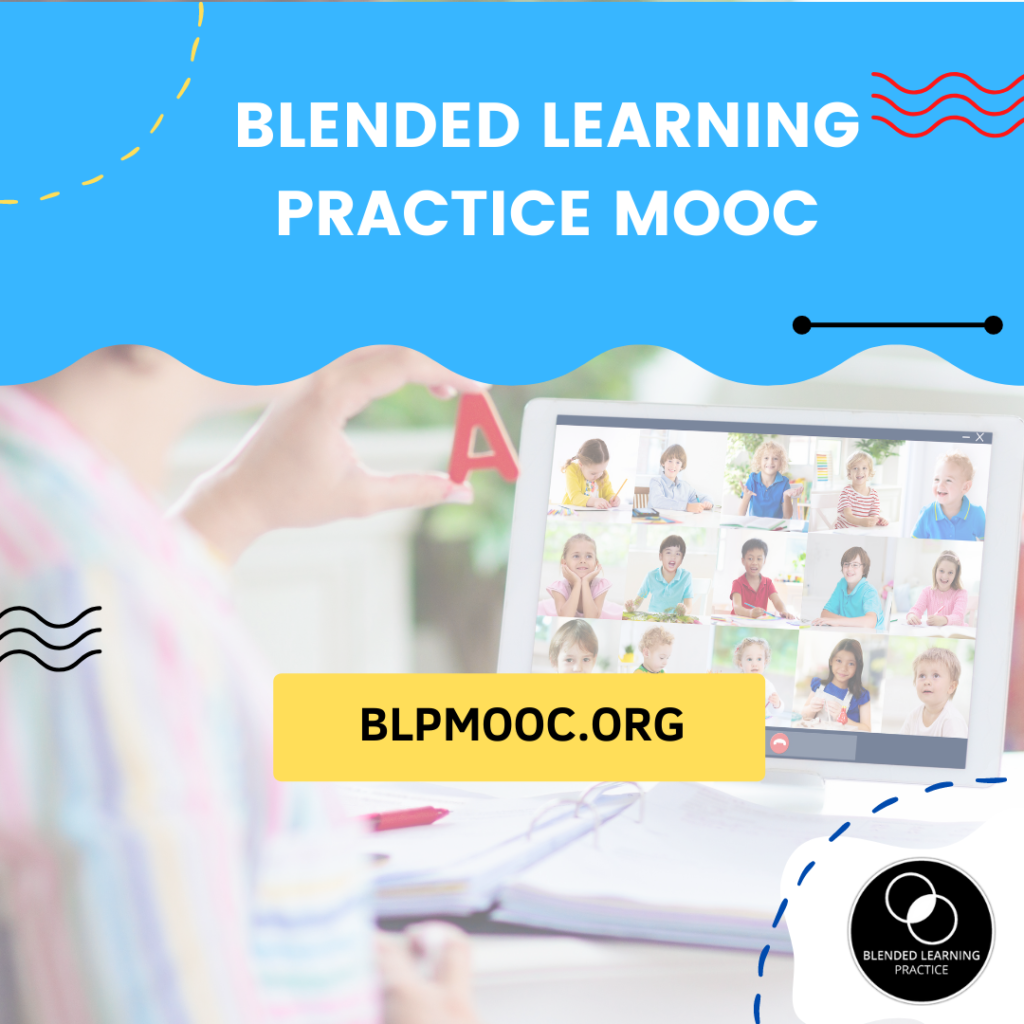Follow Friday – Blended Learning Practice MOOC

On Fridays, I share what I believe to be a notable person/organization/school on our social media pages to assist our staff in the development of their online Personal Learning Network.

This week I want to highlight the collaboration between Athabasca University and the Commonwealth of Learning as they relaunch one of their popular MOOCs (Massive Open Online Course). While Manitoba has not experienced a mandated period of remote learning since January of 2022, elements of remote programming that were adopted during that period are here to stay! Most recently, we have experienced almost TEN snow days this winter where busses are not running yet classes are still proceeding. In these cases, those who cannot arrive at the school safely (and have internet access at home) tune into their learning management system online.
In the summer of 2020, one of my colleagues from Manitoba Ed recommended I participate in the Blended Learning Practice MOOC. This massive open online course is, “an introduction to blending technology and distance education teaching strategies with traditional, in-person classroom activities”.
This four-week, FREE, course is accessible and provides practical support for K-12 educators (and planning teams). I enjoyed this course quite a bit and have shared their open textbook regularly with our staff as we work on designing blended learning experiences for our students. The next round starts on March 10th and you can register HERE.
WHY BLENDED LEARNING?
Blended learning (sometimes referred to as hybrid learning) is a rapidly growing norm in public education, with more and more schools adopting an approach to teaching that combines traditional in-person instruction with technology-based learning. This trend is being driven by the increasing availability of high-quality educational technology tools and resources, as well as a growing recognition of the benefits of using technology to enhance and support student learning.
One of the key advantages of blended learning is that it allows students to move at their own pace and work on material that is tailored to their individual needs and interests. By combining in-person instruction with technology-based learning, teachers can create personalized learning experiences for each student, providing them with the support and guidance they need to succeed.
Another advantage of blended learning is that it allows teachers to use a variety of instructional methods and technologies to engage students and support their learning. For example, teachers can use online resources, such as videos, interactive games, and virtual simulations, to provide students with hands-on experiences that would not be possible in a traditional classroom. They can also use educational software and apps to assess student progress and provide real-time feedback, allowing them to adjust their instruction in response to student needs.
In addition to these benefits, blended learning also offers many advantages for teachers, including the ability to save time and resources, and to collaborate more effectively with colleagues and students. For example, by using technology to deliver instruction, teachers can free up more time for one-on-one interactions with students, or for planning and professional development. They can also use online tools and platforms to share resources and collaborate with other teachers, both within and outside their school.
Overall, the rise of blended learning in public education is a positive development that is helping to improve student achievement and engagement. By leveraging the power of technology, teachers can create more personalized, engaging, and effective learning experiences for their students, and help them to succeed in today’s world.
Read all my posts from the Blended Learning Practice MOOC
- What is Blended Learning – Wk 1
- Designing Blended Learning – Wk 2
- Technology & Blended Learning – Wk 3
- Blended & Online Learning Practice – Wk 4
To hear about staff experiences with this learning opportunity, check out this testimonial post from January 2022.